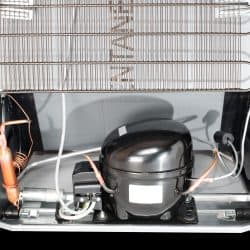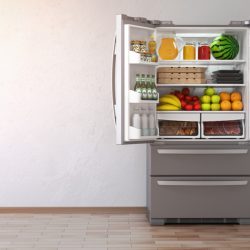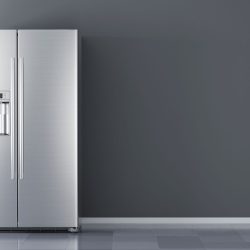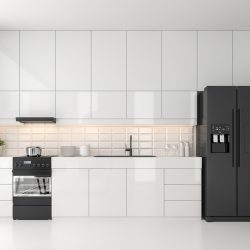When a fridge starts showing problems, it's time to start troubleshooting. Though, what you'll need to do depends on the situation. One issue that can occur is working lights but no cooling. If you'd like to know the fix, you're in luck. We have the steps you need to take!
There are several reasons why your fridge may not be cooling. You will need to troubleshoot components like the evaporator fans, compressor, and coils. We can rule out an electrical problem because the light turns on. We'll need to check if professional help is required for the other parts.
Searching for the cause is simple. But, before you can do that, you'll have to learn the signs to look out for. What makes a refrigerator stop working? And, if you can't fix it yourself, how much would it cost to get a professional to repair it for you? To learn more, keep reading ahead.

What Causes A Fridge to Stop Cooling?
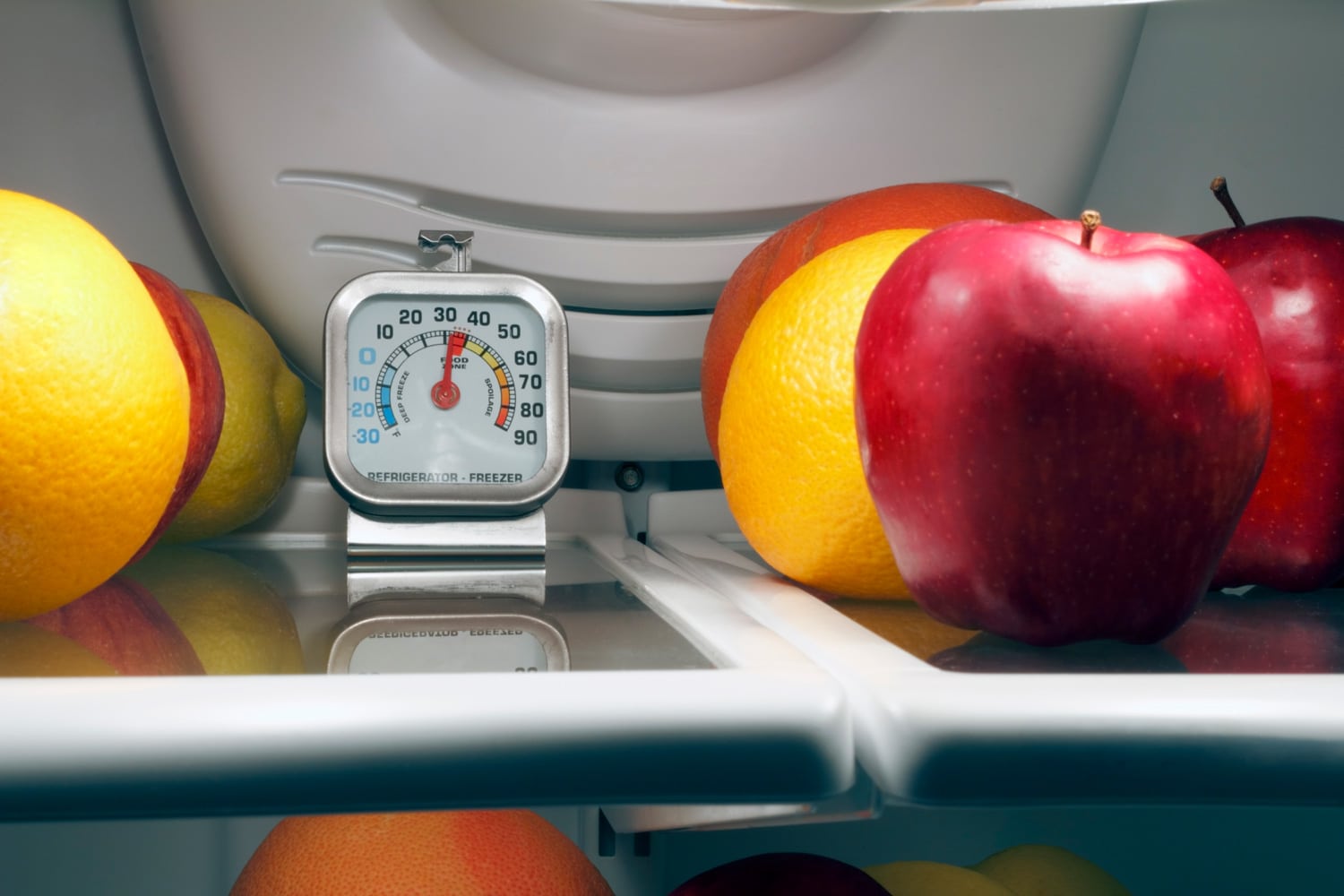
There are a lot of components that are responsible for spreading cold air inside the refrigerator. When one of them fails, you'll notice it quickly. Foods will begin to come out warmer than before.
Since several components are responsible for cooling the interior, it's harder to pinpoint the problem. Thus, we'll have to narrow your options step by step. We'll start with the easy fixes and work our way to the problematic issues.
Check for Blockages
The first aspect we'll have to consider is how full the fridge is. Is there enough room to allow adequate airflow? Several parts work together to provide cool air to the inside.
An easy mistake to make is overfilling the fridge. When you cram it with too many items, a few of them can block the air vents. As a result, you unintentionally restrict the flow of cold air and overtax the refrigerator's condenser.
In general, a full refrigerator works better than an empty one. But, there's a limit to how many items you can put inside. Refrigerators work best when they are 75% full.
This way, there's a perfect amount of space. There won't be enough to lose a lot of cold air when you open the door. Still, there's enough room to let air move around.
Testing the Fridge Seal
If no items are blocking the vents or fans, you will have to inspect the fridge seal. Some will also call it a gasket. It's the rubber part that keeps the door closed.
A refrigerator gasket is in charge of keeping the cold air inside. When it begins to degrade, the fridge won't maintain an adequate temperature for preservation. As a result, the other components will work harder to keep the interior cold.
Check the seal for any cracks, tears, or warping. One test you can perform on the seal is the paper test. Grab a piece of paper, place it between the door and the fridge, and close it.
Pull on the paper to check how strong the seal is. If it easily slips out, the seal isn't as strong as it should be. This situation would call for a replacement gasket.
If there are gaps between the seal and the door liner, you can use a cotton swab and silicone sealant to close the gap.
Fridge Thermostat Settings
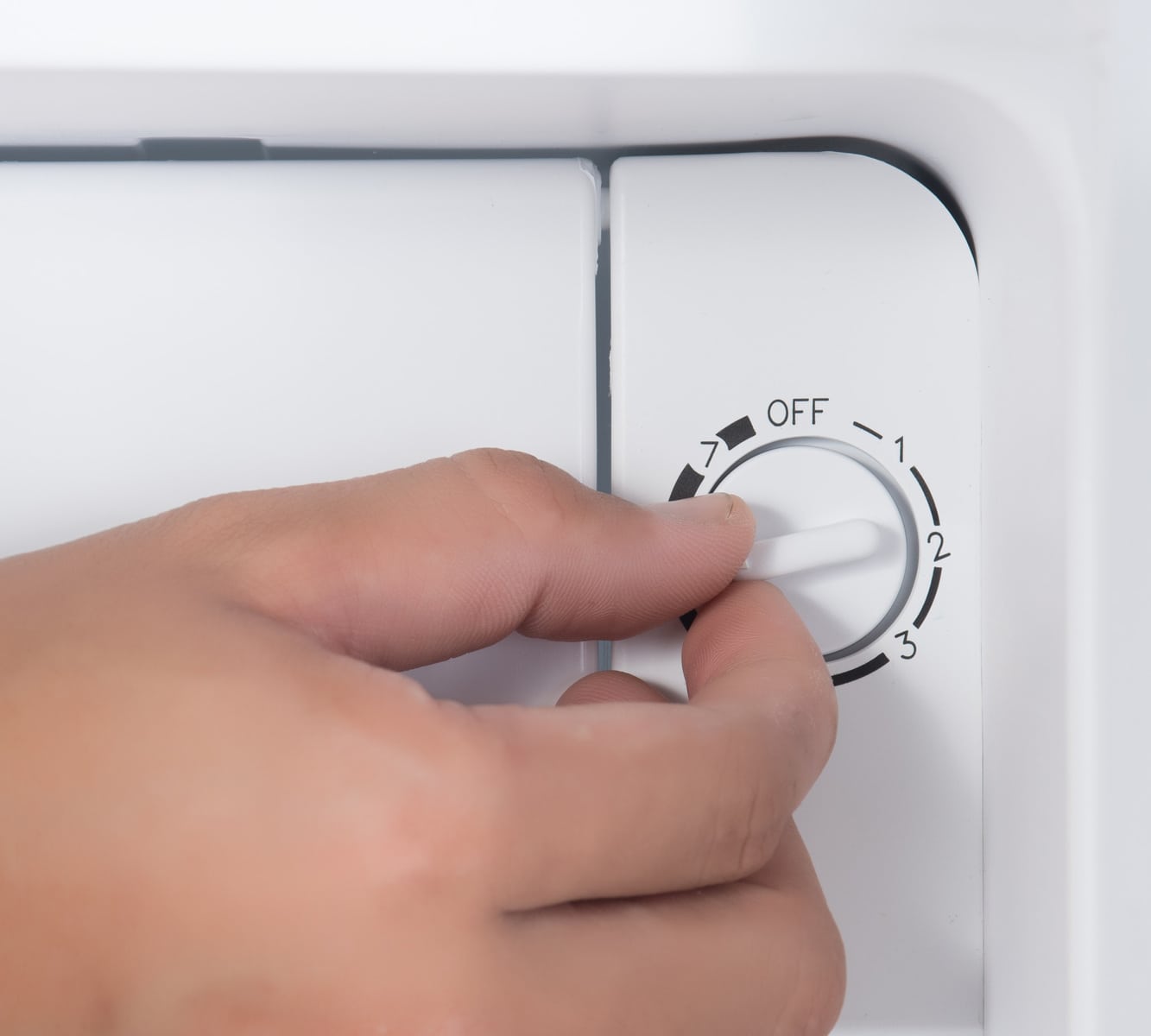
The next spot to check is the fridge's thermostat. Someone might have messed with it without you noticing. Once someone changes the setting, food items can become warmer or cooler.
If food begins to feel warmer, adjust the thermostat. The settings for every fridge will vary. Some will have simple labels that indicate how cold it can get.
Others will have numbers in place. The higher the number goes, the colder the fridge will be.
Faulty Evaporator Fan
Now, we'll have to look at the technical side of things. In other words, we'll have to check if mechanical components are defective. We'll start with the evaporator fan.
You'll know this part isn't working as intended when it makes a squealing noise with noticeable vibrations. Evaporator fans are at the back of the refrigerator behind one or more panels. Depending on your fridge, you might have to remove shelving and drawers to access this area.
Debris can hinder how the evaporator fan performs. So, clean any grime that's within the area. If the fan still makes a high-pitched sound, you'll need to replace it.
Cleaning Condenser Coils
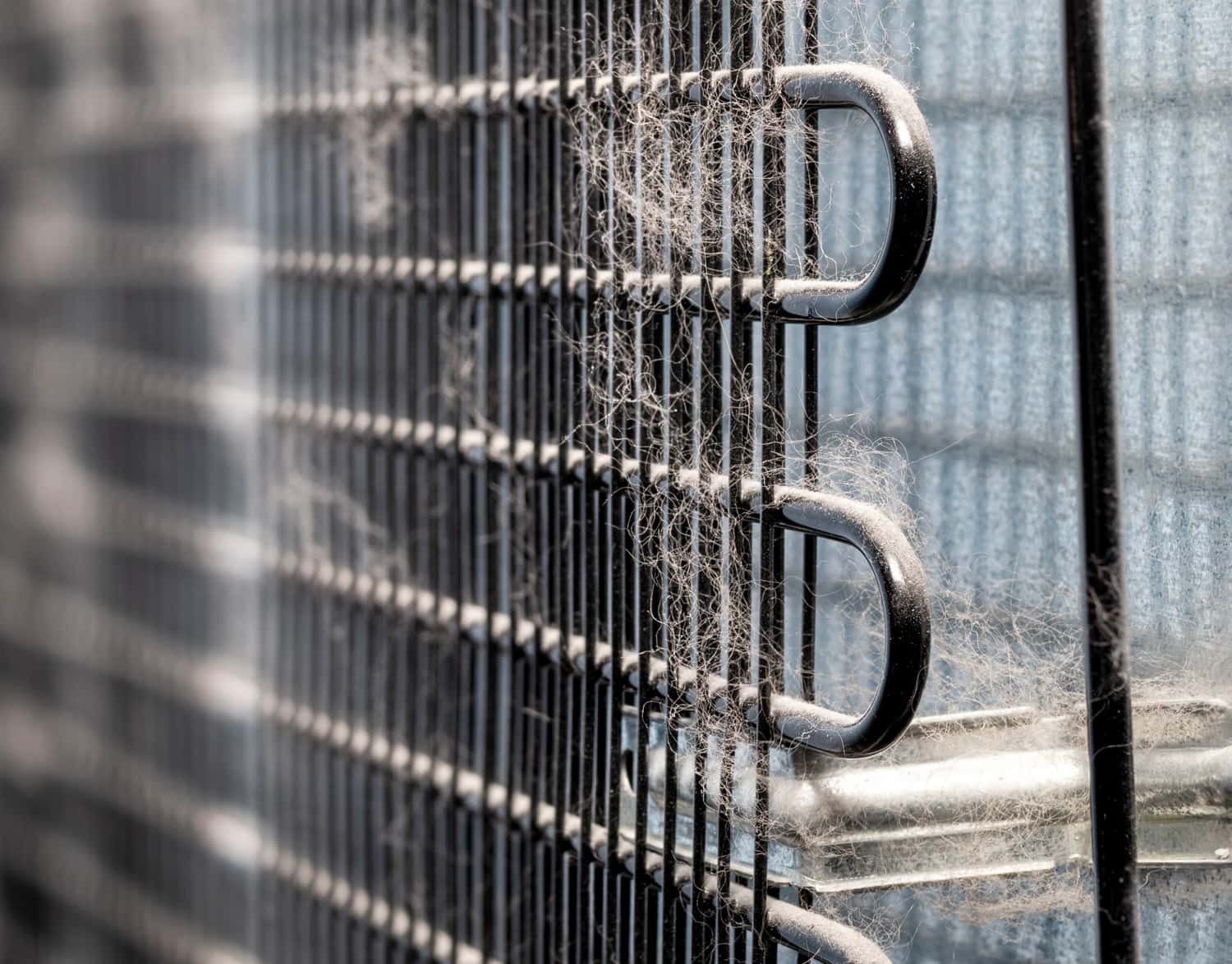
When the fans aren't the culprit, it's time to look at the condenser coils. The condenser coils are in charge of cooling the refrigerant inside the system and expelling heat out of the refrigerator. So, it's crucial to keep this component clean.
Otherwise, the dirt will interfere with the job of the coil. It won't allow the heat to dissipate. Of course, this also puts more pressure on other electrical parts, like the compressor.
In general, you should clean the condenser coils twice a year. This way, the refrigerator can run optimally.
Issues with the Compressor
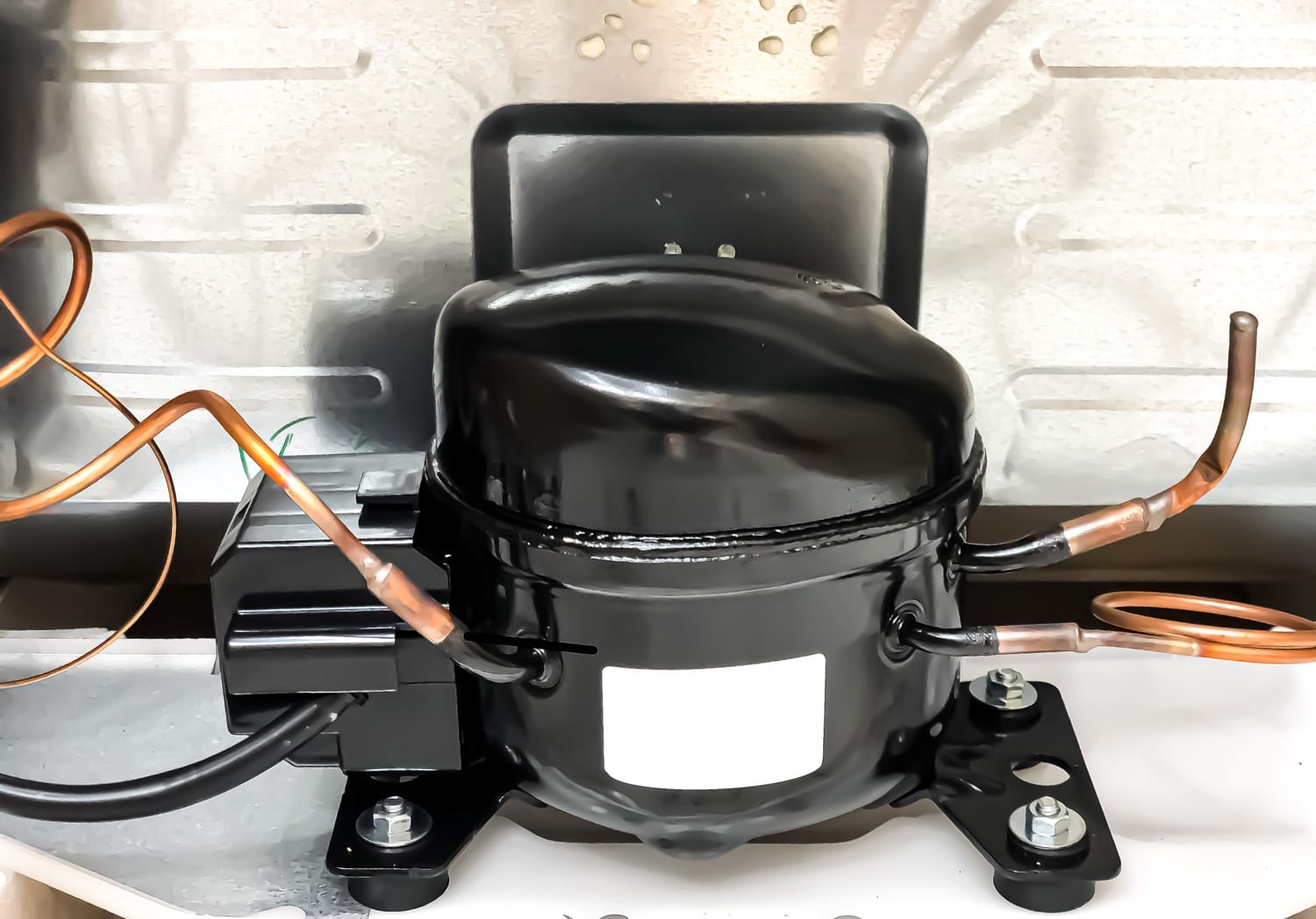
Refrigerators are supposed to be noisy for most of the day. However, they're not going to be too loud or quiet. There's a balance that it needs to maintain.
If it gets too noisy, it indicates there's a problem. The same applies if the refrigerator becomes too quiet. When the compressor begins to fail, there will no longer be that faint hum that many of us are familiar with.
There are many reasons why a compressor can stop working. It might even be because of normal wear and tear. Regardless, if you want to make sure the compressor is the culprit, you'll need to test it with a multimeter.
If that sounds complicated already, you can hire a professional to check what's going on. Seeking help from a professional will be better to address the issue quickly. But, it can be costly.
What Can Cause A Fridge To Stop Working?
Like most appliances, refrigerators need maintenance. It's especially the case with a fridge. A fridge is an appliance that will come in contact with food constantly.
So, you're going to see accidents happen from time to time. Maybe a drink spills inside. Items come and go from the fridge. So, dirt and grime can build up over time.
It's the same with the exterior components. Dust is unavoidable. Over time, it will build up on the condenser coils. As mentioned, this can interfere with how well a refrigerator can keep the inside cool.
Thus, there are many reasons that a refrigerator could stop working. Luckily enough, most of the causes can be found relatively quickly. Some are even fixable by anyone. However, some of them will require professional help.
Why Has The Fridge Gone Warm?
In most cases, when your fridge becomes warm, it's because of a few simple mistakes. The first mistake would be overfilling the refrigerator. Although it operates best when it's mostly full, the fridge needs space for airflow.
In this situation, you can solve the problem by removing items that don't need to be in there. When overcrowding isn't the issue, it's most likely a problem with the evaporator fan. There are a few causes why it wouldn't be working correctly.
Check for any signs of frost build-up. If there's frost around the perimeter of the fan, it's most likely interfering with it. In this situation, you can let the fridge defrost itself. Otherwise, you might have to do a manual one.
Frost build-up can also affect the evaporator coils. Again, you can let the fridge defrost or perform manual defrosting. When the frost is not the problem, you might need a technician for assistance.
How Much Does It Cost To Fix a Fridge That Is Not Cooling?
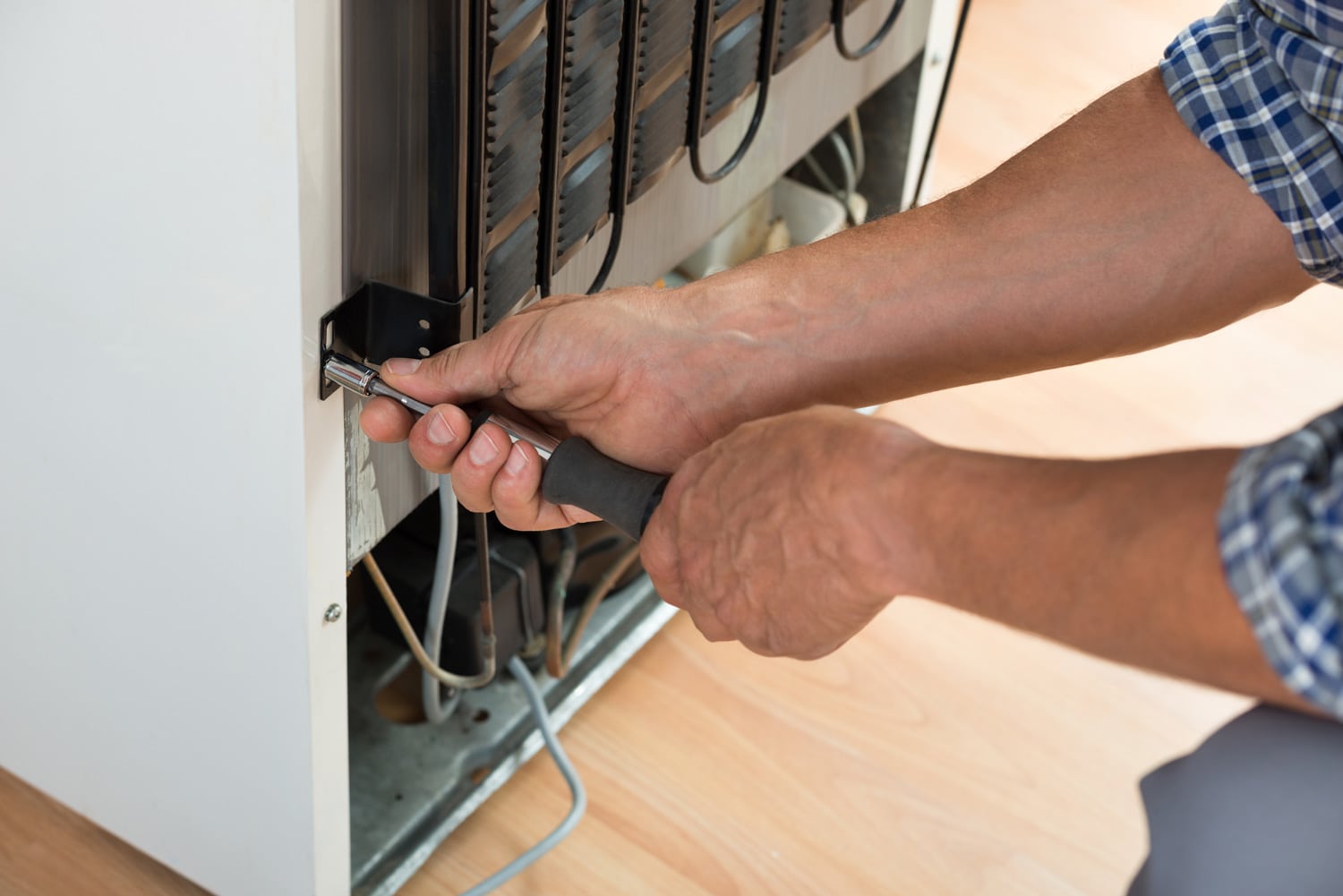
The cost to repair your fridge will depend on various factors. Most repairs can cost anywhere around $200 to $330. However, sometimes it can reach up to $1,000.
It all depends on the part that needs replacement. Major repairs like fixing a refrigerant leak will tend to cost more. Simple fixes like replacing the door gasket are much cheaper.
In general, paying up for fixes on a refrigerator is more worth it if it is less than eight years old. The cost to repair the fridge shouldn't exceed the cost of buying a new one too.
How Long Does It Take for a Refrigerator to Get Cold?
After fixing the fridge, the interior will most likely be warm. So, there's going to be a period you will have to wait. The amount of time you'll have to wait will depend on the size of the fridge.
However, it will generally take around two hours to be cool enough to store food. It can take up to eight hours for the interior to be completely cold.
In Closing
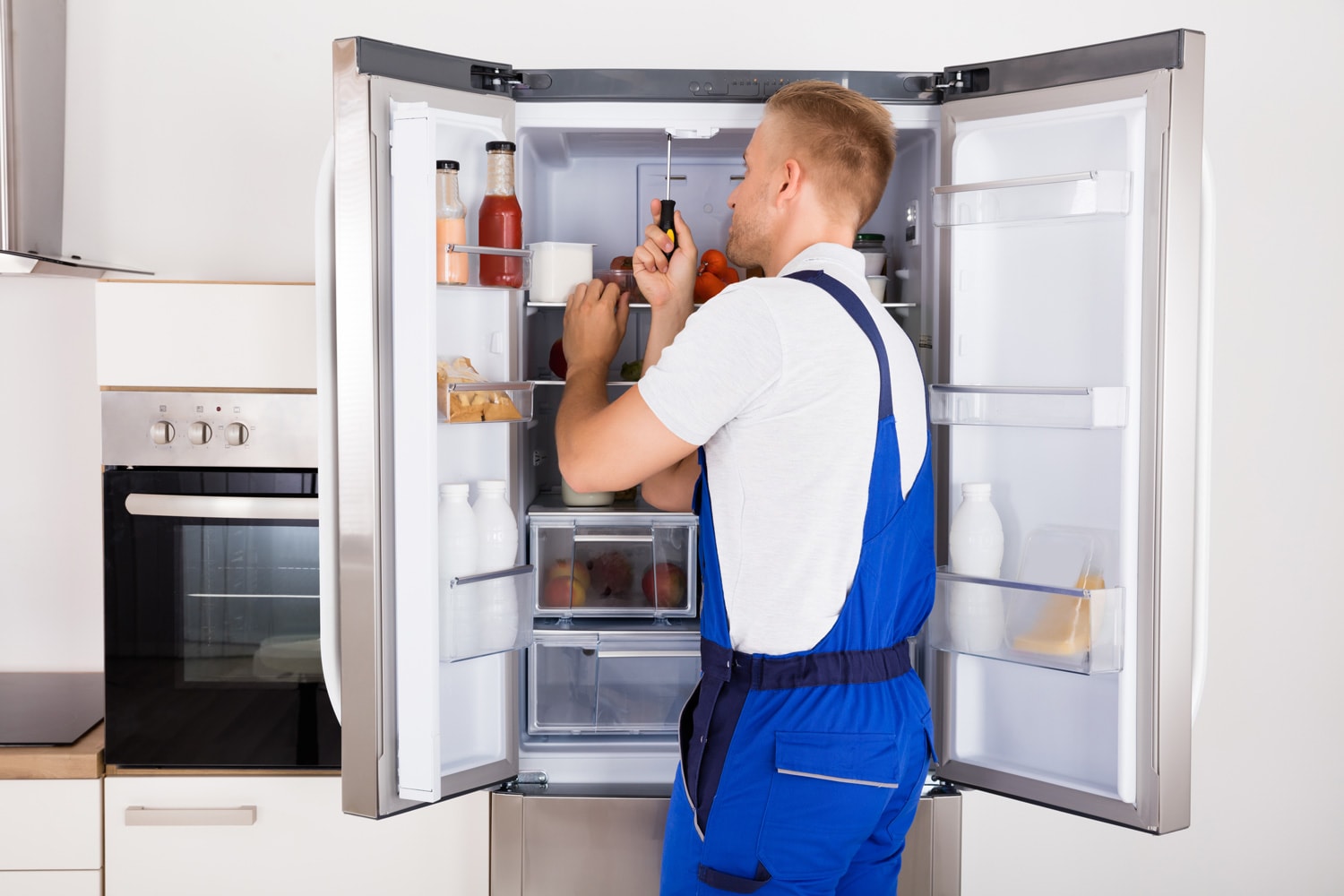
When an appliance stops working correctly, it's always a race to find out what's wrong. Luckily, there aren't too many areas you'll have to troubleshoot on a fridge when this happens. Hopefully, the reason your fridge isn't cooling is because of minor issues.
Before you go, do you have other refrigerator concerns? Is your fridge leaking water inside? To find out why this could be happening, check out our post:
Refrigerator Leaking Water Inside? Here's What Could Be Wrong
Are you planning to leave the fridge unplugged until you can fix the issues? You might want to know how long you can keep it without power. To learn more, check out our post:
How Long Can A Refrigerator Stay Unplugged?

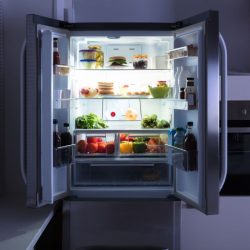
![Disassembled refrigerator compressor, How To Quiet A Noisy Refrigerator Compressor [8 Different Ideas]](https://kitchenseer.com/wp-content/uploads/2022/03/Dissaembled-refrigerator-compressor-250x250.jpg)
